Your cart is currently empty!
Godox AD360 & AD200
Godox AD360 & AD200
[columnize]
10.07.2017 In March I started to test two Godox AD360 flashes and also one of the new AD200 flash units. The purpose of this field test was not only to test the light quality, but also see how it worked in outdoor condition. I’ve only tried the portable ProPhoto flash system in the field before, so I was very curious to see how this low cost Godox system could perform.
I used the Godox flashes for about 3 months and shot as much as possible with these flashes instead of my normal Nikon SB-5000 flash setup. Below is my test report.
[/columnize][gap size=”50px”]
Written by: Ole J Liodden
[gap size=”50px”] [alert type=”warning” close=”true” heading=””]Nobody have paid me to do this field report, and it is simply my independent thoughts and experiences with the Godox AD360 and AD200 flashes in the field.
[/alert]COLD TEMPERATURES
[columnize]
To test for outdoor winter photography, I took the Godox system with me on an winter expedition to Svalbard in end on March 2017. The temperature for the whole 8 day expedition was between -17 and -29 degree Celsius, so it was colder than most situations where you would think about using a flash. I also stored the flashes outside for the whole period, to make it even more difficult for the equipment during the field testing. So only the battery was inside for recharging when needed.
One of the main problems with photography in cold temperatures is slow or non-working LCD-screens. The LCD-screen on the back of the AD360 was slower than normal, but not as bad as expected. So operating the Godox flashes down to -30 degree Celsius was not a problem.
I’ve never used a studio flash setup in these cold temperatures before, and I was a little worried about the bulb. Would the bulb glass break when using it in the extreme cold, or would it be other problems with the bulk during the expedition? Fortunately, I didn’t experience any bulb problems, so it certainly works also in extreme cold temperatures.
[/columnize]
[gap size=”50px”]
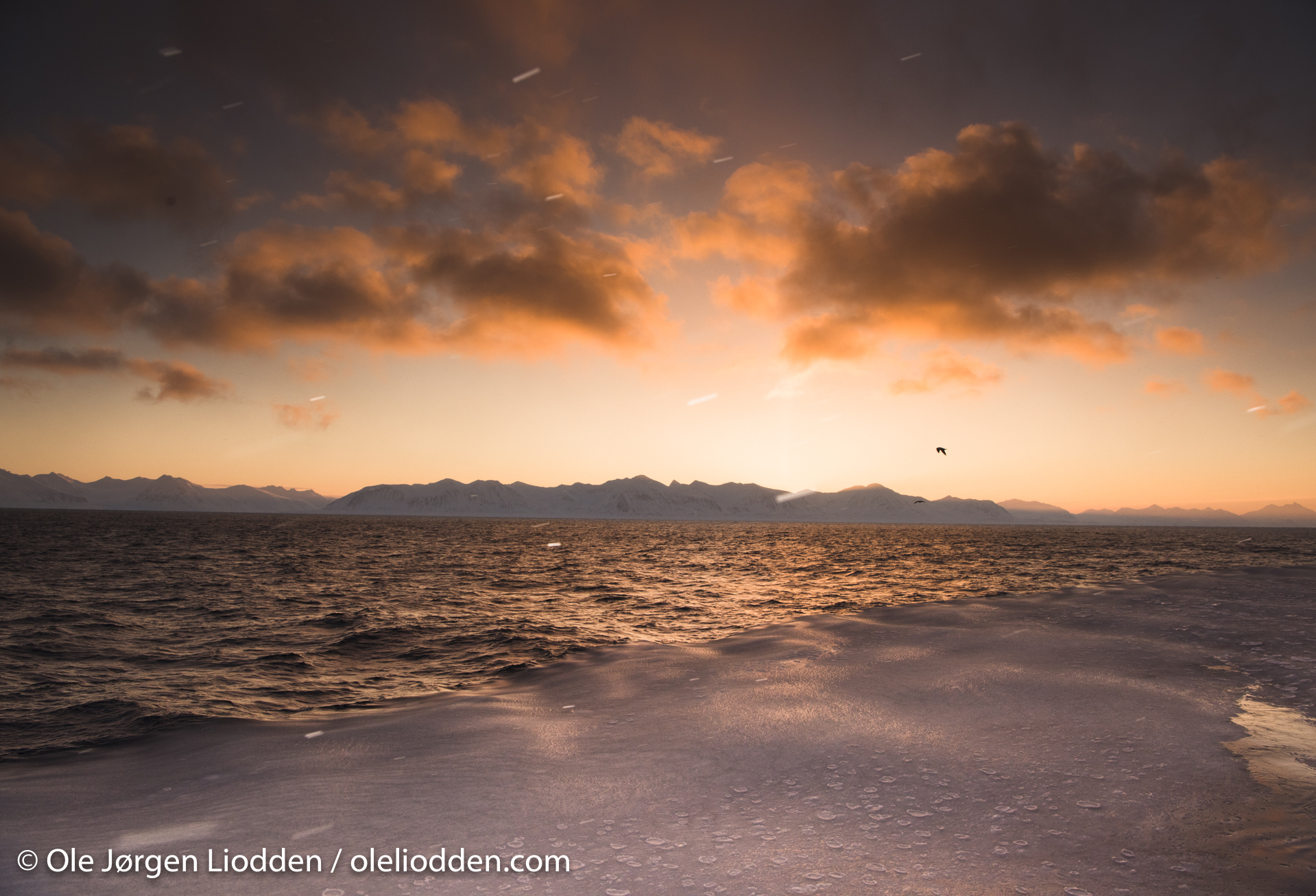
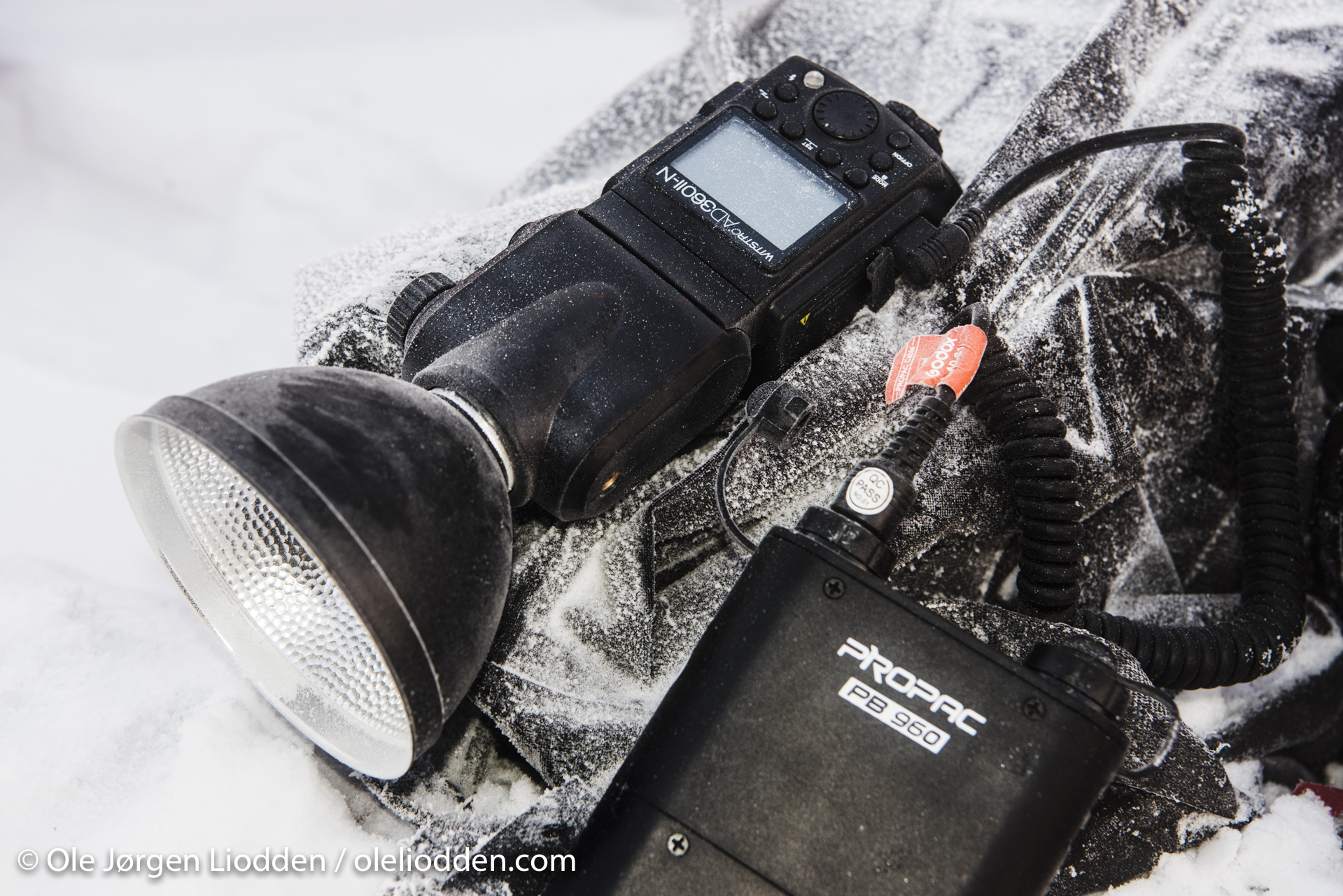
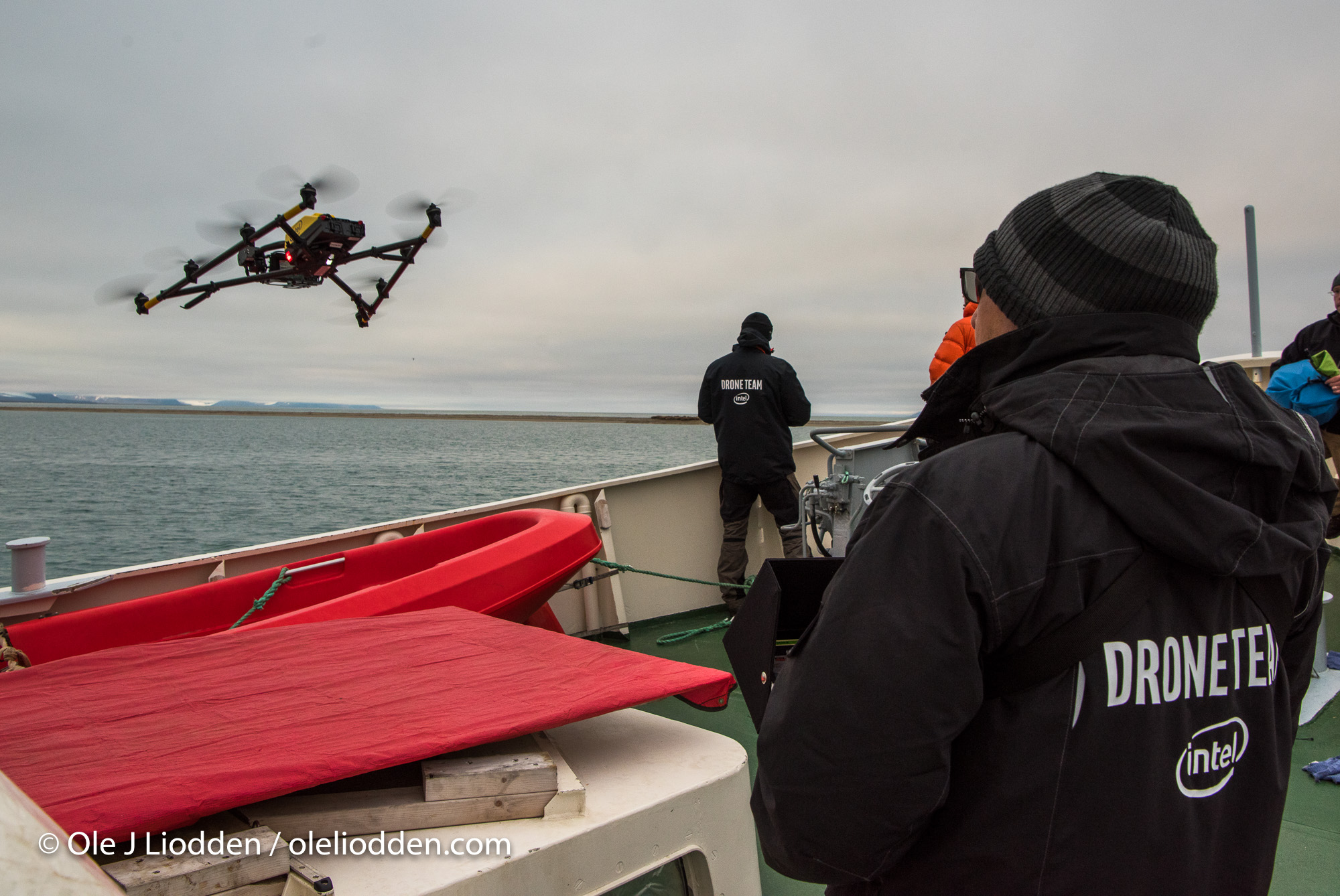
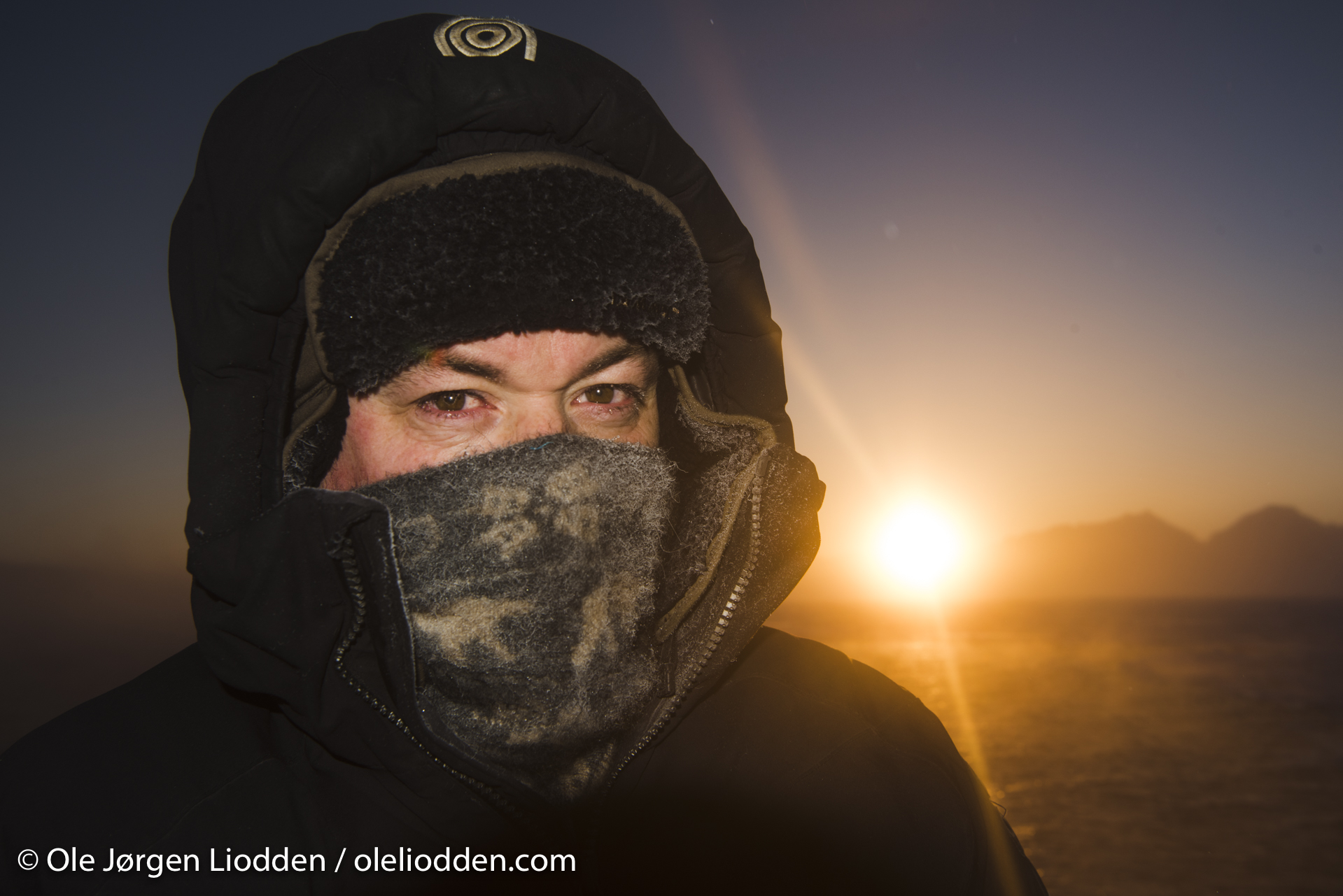
WET CONDITIONS
[columnize]
It is important to use weather protection on flash systems, when photographing outdoor. I always covered the AD360 or AD200 flashes in small plastic bags, when snowing or raining, but I did not protect the batteries. I knew this was not very smart, but I wanted to test the limits of the flash system outdoor in “bad weather”. After a few weeks I learned that also the battery packs need to be protected, and I destroyed one of the battery packs during a heavy rain shower, and a few seconds later also the flash unit was not working any more. With another design of the connection between the battery and the flash cable, this problem could have been avoided. But, the easy solution is to always use “rain coat” on both the flash and the battery pack.
I photographed a lot birds when it was snowing or raining, and the effect of studio flash setup outside during these conditions was very nice.
[/columnize]
[gap size=”50px”]
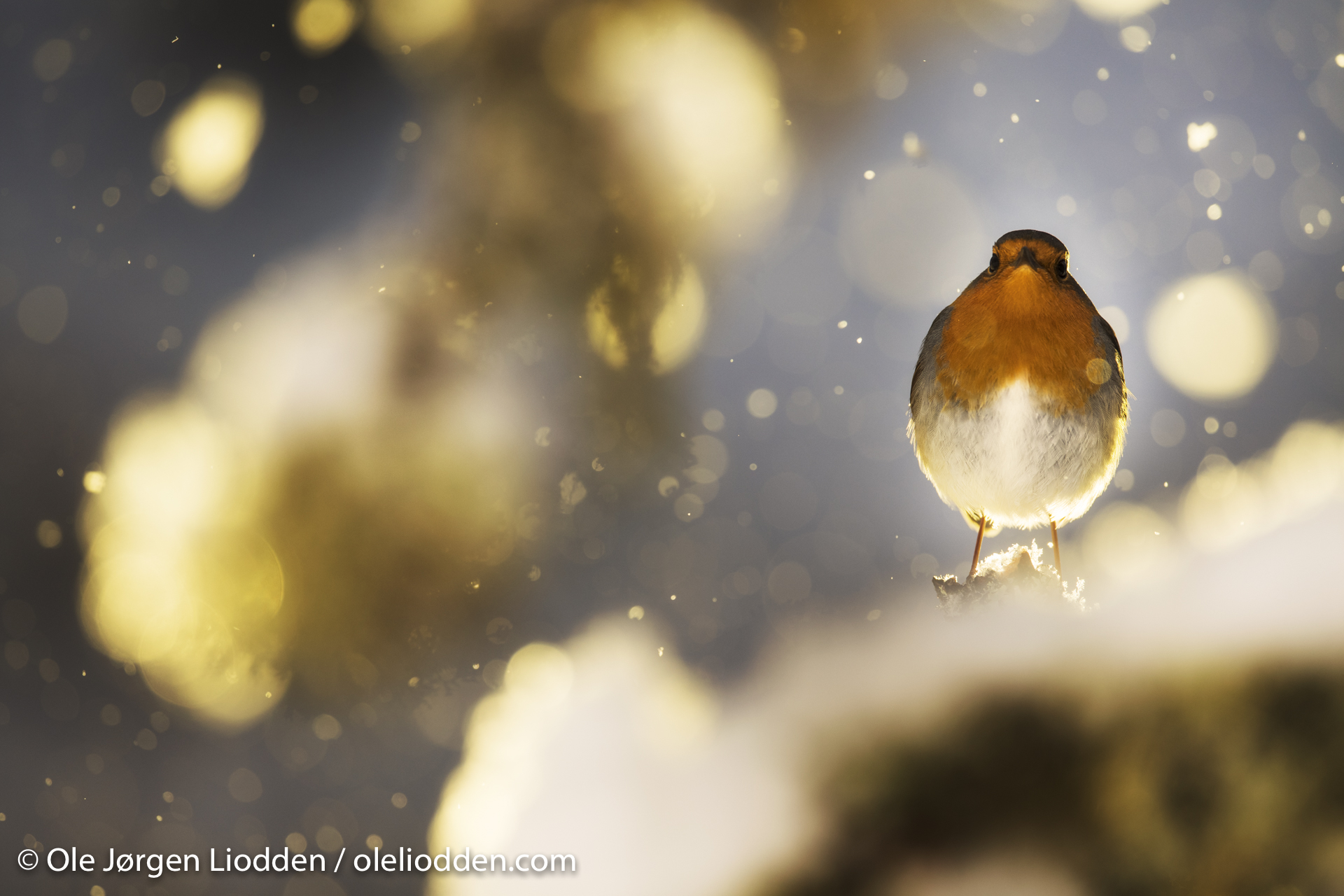


NEW OPPORTUNITIES
[columnize]
The flash output of the AD360 and AD200 flashes is 2-3 times higher than normal flash units like Nikon SB and Canon EZ flashes. With 360 Ws power you have more power available which is a big advantage, specially on sunny days. I could shoot birds on bright sunny days, which has not been possible before without bright areas burned out. With two Godox AD360 flash units (or in combination with a AD200 flash) – #1 in front and #2 from behind – I managed to balance the light, with very nice result, as shown below. The possibility to control bright sunlight was something I really appreciated during the field testing.
[/columnize]
[gap size=”50px”]
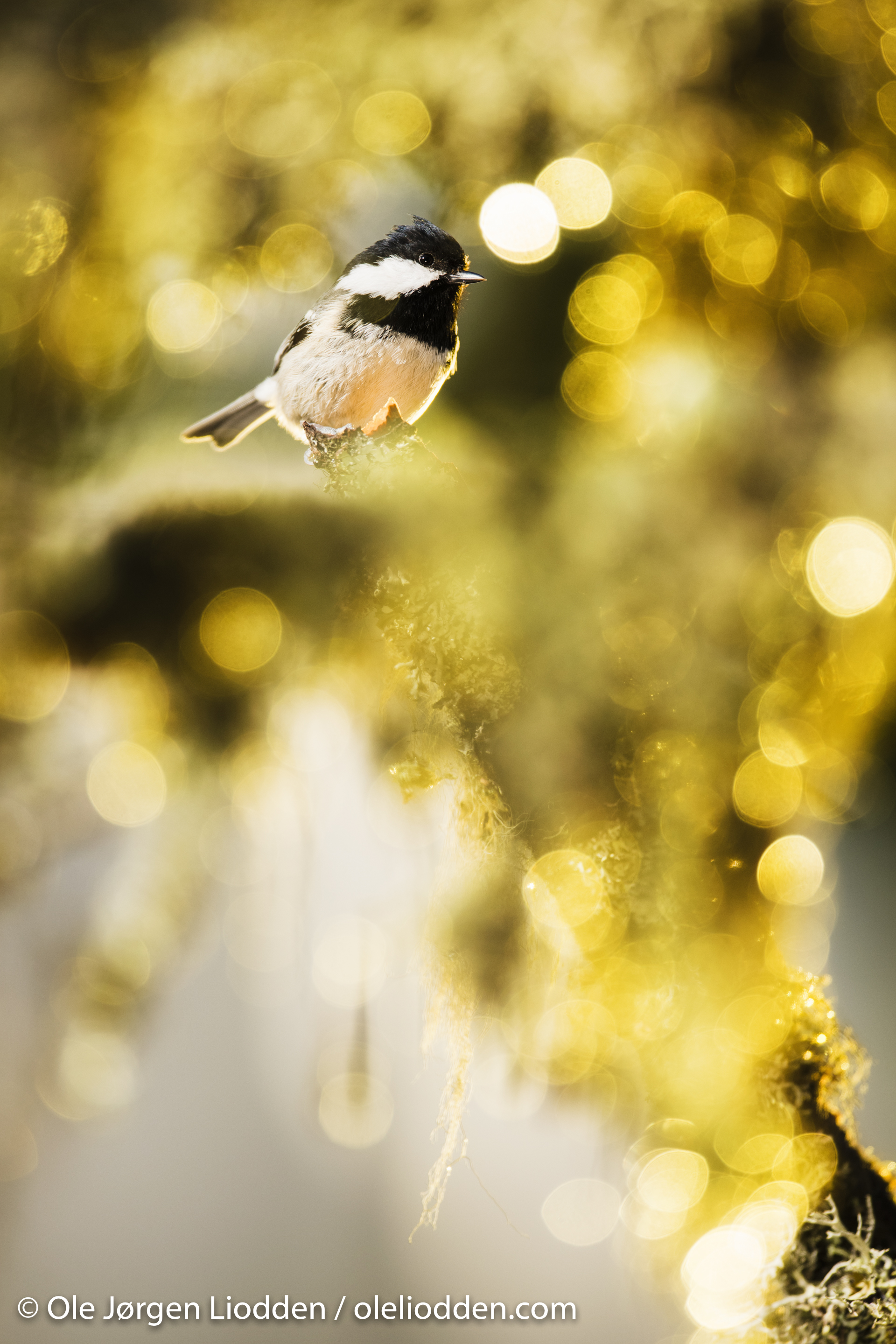
Another benefit from the Godox AD360 and AD200 flashes was the opportunity to use flashes from a “safe” distance, without disturbing the wildlife, and still shoot backlight with nice fill light. One of these situations was with a juvenile Hawk owl posing on a branch. I decided to photograph the owl in backlight with a AD360 flash and beauty dish with diffusor, on top of a light stand. The light quality was great and I could adjust the flash power remotely from the X1T flash controller. The image below would not have been possible with Nikon SB or Canon EZ flashes, since I had to be much closer to the owl to get enough light power.
[/columnize]
[gap size=”50px”]
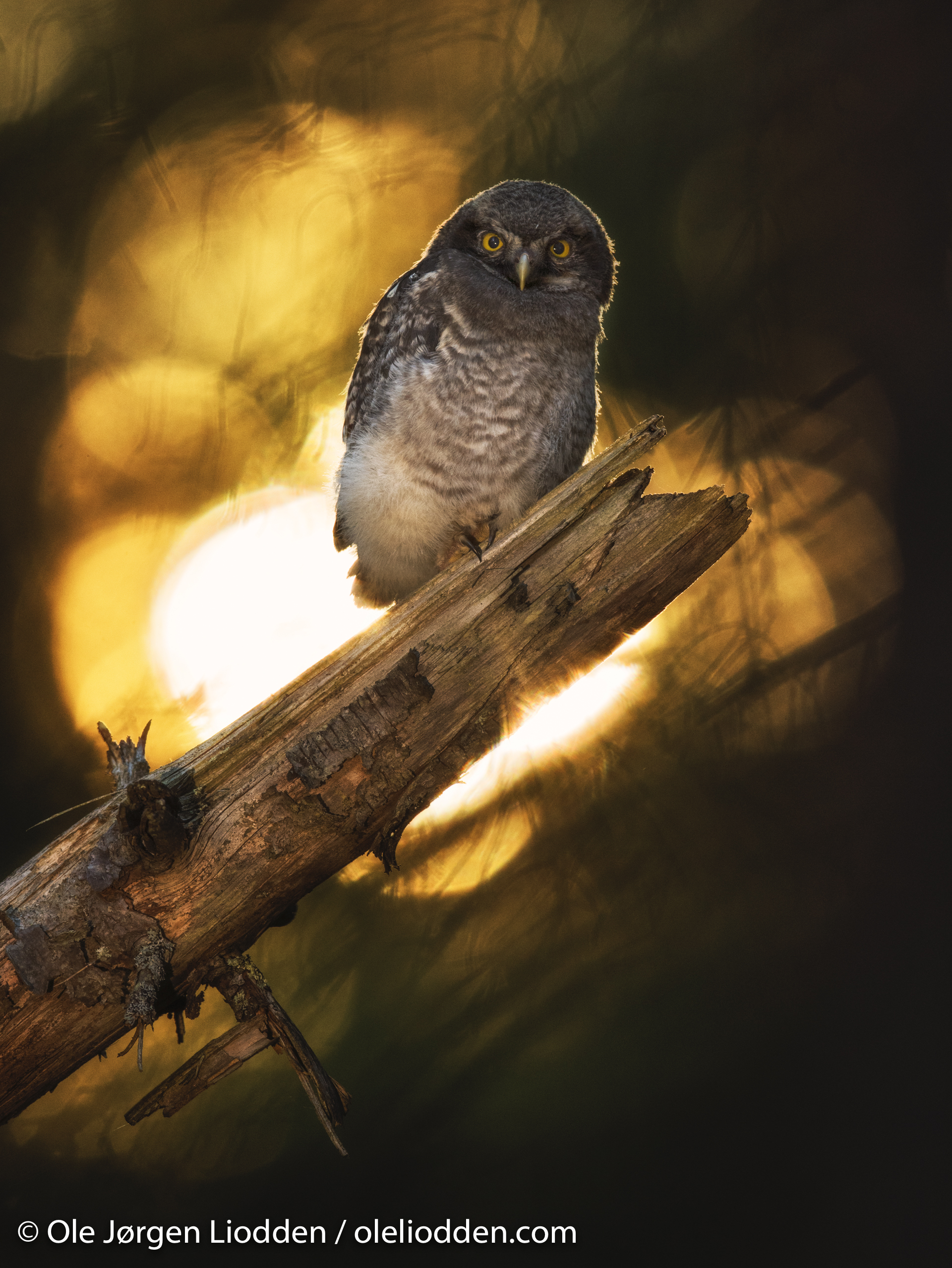
I also did some late evening flash photography, where I wanted to challenge my artistic side as a photographer. After I found the owl, 10-15 meter up in a tree, I directed the Godox AD360 flash 45 degrees upward from a light stand on the ground. Then I moved 20 meters back to get a better angle to the bird. Focusing was challenging, and manual focus was the only thing that worked in these dark conditions. I controlled the flash unit with the X1T remote controller, and moved the camera for 3 second, then tried to stop the movement with the owl in the frame just before the flash fired. With this flash setup it was possible to shoot at night, with 4 seconds shutter speed and handheld. I’m looking forward to test out further opportunities.
[/columnize]
[gap size=”50px”]
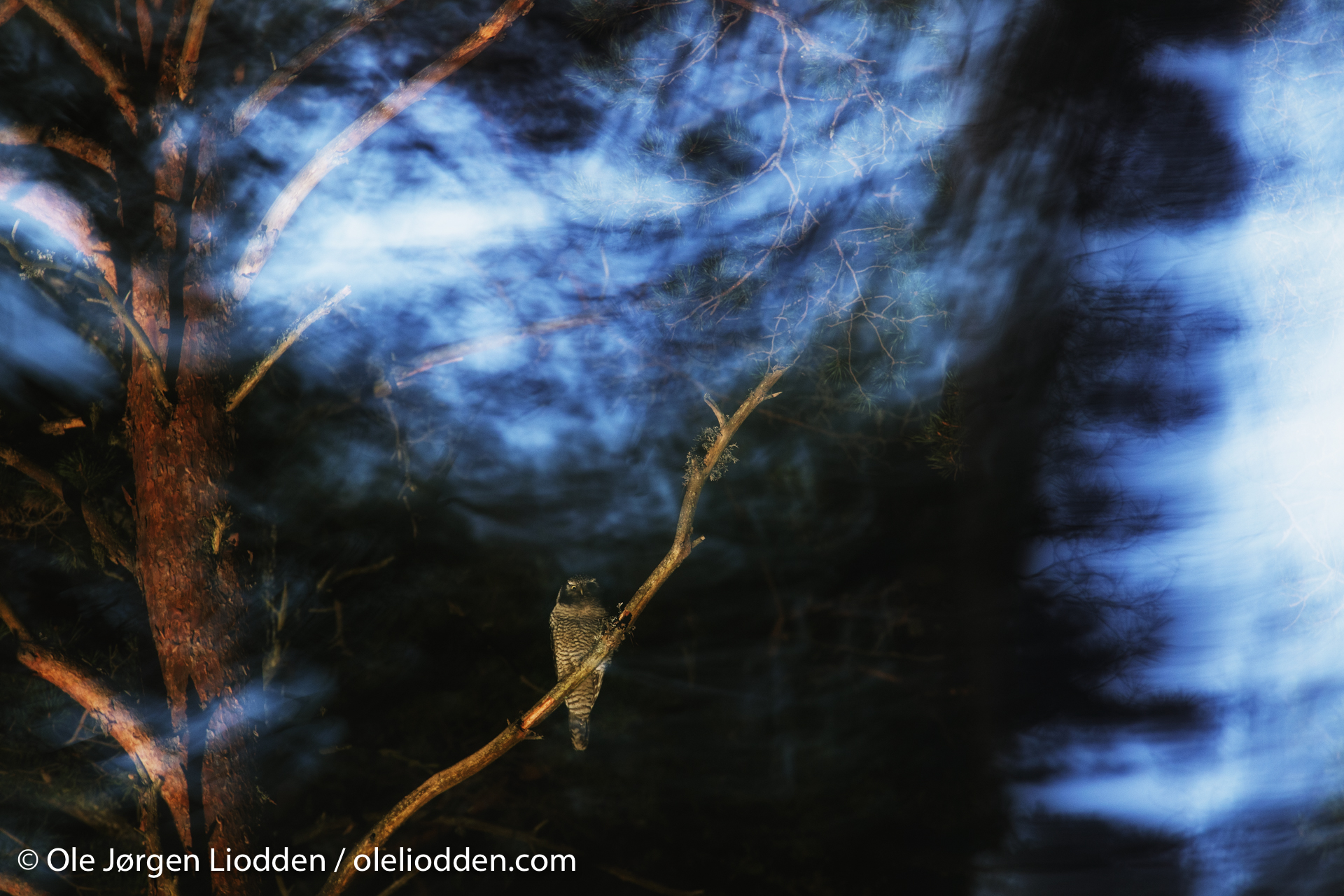
LIGHT QUALITY
[columnize]
It is difficult to measure the light quality compared to the Nikon SB and Canon EZ flashes, and it has to be a based on what I see when uploading the images in Lightroom or Photoshop. Despite it is a low-priced flash system, I’m very impressed of the light quality. It gives me the feeling of more expensive studio flash systems, and specially when using a softbox the result is very satisfying. I also used the beauty dish most of the time, and sometimes also an orange filter on the flash in the background. Both the AD360 and the AD200 gave me a lot of power and great light, and I have to admit it was better than expected. With 360 Ws power you have more power available which is a big advantage, specially on sunny days. and with the bulb, the light is more evenly distributed.
[/columnize]
[gap size=”50px”]
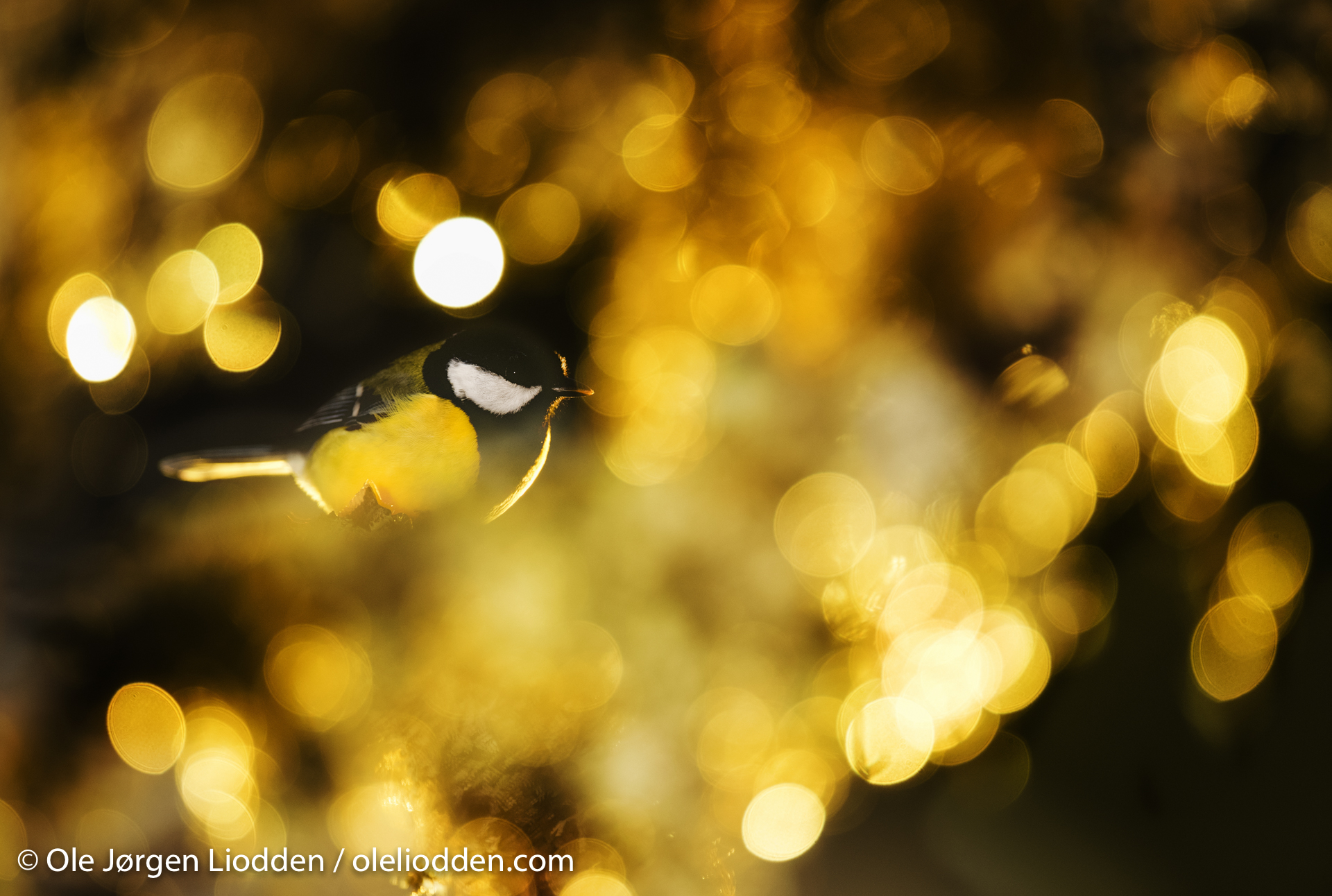
REMOTE CONTROL
[columnize]
For off-camera flash photography I used the X1T wireless remote controller, which worked very well. The controller is small, powered with 2 AA-batteries and with a LCD-panel on the back. As for all remote controllers it is important to set the correct channel on both the controller and all flashes you want to control. The flashes can also be organized in 5 groups (A, B, C, D and E). All operations are adjusted by 3 buttons and a single wheel. The 5 groups can be set to: Manual, TTL or deactivated. I ended up shooting in Manuel mode most of the time. Before shooting it is important to push the “Test”-button to check if all flashes are cooperating as wanted. Before the shoot I had to make sure each of the flashes were in “Slave” mode, with red light in the LCD-screen. In my opinion this remote controller is very easy to operate and reliable, and it’s not just a copy of the remote controllers from Nikon, Canon or other brands.
With a X1R receiver connected to each AD360 flash unit the Godox flashes can be controlled by 2.4GHz radio signals. Since I only had the transmitter I used the remote controller with IR-signals, so all AD360 flashes had to be visible. NB: the new AD200 flash has 2.4 GHz receiver built-in, so this flash don’t need to be visible for firing as desired.
[gap size=”50px”]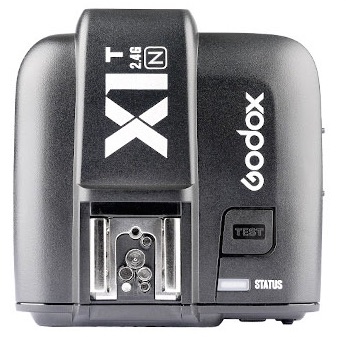
[/columnize]
HIGH SPEED FLASH PHOTOGRAPHY
[columnize]
One important feature in action photography is high speed sync. With the X1T remote controller it was not a problem to shoot at shutter speeds up to 1/8000 second. This is not only important when photographing fast moving subjects, but also when photographing in bright light, if you don’t want to stop down the aperture too much.
[/columnize]
FLASH KIT WEIGHT
[columnize]
One of the advantages of the Godox AD360 system is the low weight. The flash unit with the ProPac PB960 battery pack, flash cable and beauty dish is about 1,7 kilo. This is one of the lightest portable studio flash systems on the market, and it doesn’t add much weight when traveling or carrying the flash system. I always recommend to bring a spare battery and two AD360 flashes.
Even more compact and lightweighted is the AD200 flash unit. With battery, the AD200 flash unit weights 0,9 kilo, which is impressive for such a powerful flash.
[/columnize]
[gap size=”50px”]
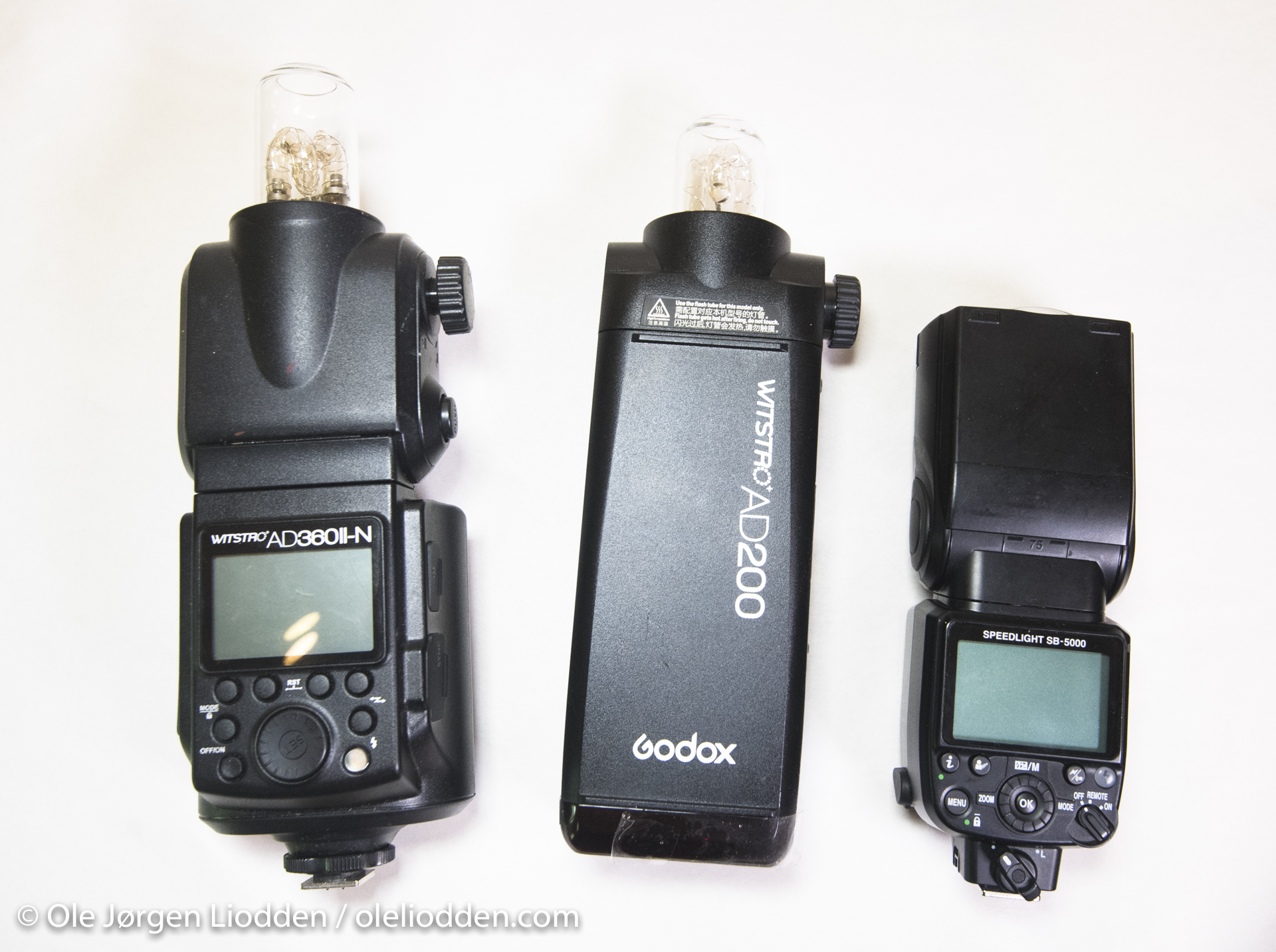
Godox Witsro AD200
[columnize]
I used two of the Godox AD360 Flash units most of the time, but I also included the AD200 in some of the shooting. With 200 Ws the AD200 is not as powerful as the AD360, but it still gave me the studio light feeling. With the bulb attached it works nice within a softbox and the compact and light weight is very appreciated. I planned to use the AD 200 flash inside one of mine UW-housing for underwater photography during the field test, but it was slightly to large for my Nikon SB housings.
The compact construction of the AD200 makes it even more usable out in the field, since it’s easier to protect against rain and snow. There are no cables or battery packs to destroy and I had no problem with the flash unit during the field test.
[/columnize]
CONCLUSION
[columnize]
The Godox Witsro AD360 flash system is not built for outdoor all-weather photography, but with some rain protection it works well. During 3 months of testing and thousands of images, I really trusted the system, and the light quality was very satisfying. It even worked in temperatures down to -30 degree Celsius, which was impressing. As long as you keep the flashes dry it will work well out in the field.
It is a must to use the AD360 and AD200 with the X1T remote controller, to maintain high speed sync, flexible flash control and fast adjustments of a single flash or a group of flashes.
With a price of around USD $550 for a AD360 flash kit and around USD $350 of a AD200 flash kit, it is not very expensive compared to other portable studio flash systems, or even Nikon SB and Canon EZ flashes. You can order your Godox flash equipment from JapanPhoto; AD360 kit (Nikon), AD360 kit (Canon), AD200 and X1T (Nikon) / X1T (Canon).
[/columnize]
Comments
Support field reviews
It’s free for everyone to read this field review, and I hope you enjoy it and share it with your friends. If you like my field reviews I really appreciate your support to make it possible for me to do more of them in the future. Thanks for your contribution!
ABOUT OLE J LIODDEN
[columnize]
Ole J Liodden of Norway is a pro wildlife photographer (since 2004) and the founder of WildPhoto Travel (former Naturfokus). He has previously been a Canon (2008-2010) and Nikon Ambassador (2010-2012) in Norway, and he was chosen as one of the photographers for the Wild Wonders of Europe project – the world’s largest communication project regarding nature and environmental conservation in Europe.
In the past 8 years, Ole has published 7 books about nature and photography (including 2 how-to-do books). His images has received 3 awards in the prestigious competition BBC Wildlife Photographer of the year (Winner in 2012) and 7 awards in GDT. He was awarded as the Arctic Photographer of the Year 2012 by the Global Arctic Award. Ole is considered to be one of the top wildlife photographers in Europe.
His experience as a photo guide and expedition leader in WildPhoto Travel has led him to destinations such as Svalbard, Antarctica, Africa, New Zealand, Russia Far East and the Galapagos. Penguins, polar bears, polar landscape and wildlife are some of Ole’s specialities, after 27 summer and winter expeditions to Svalbard and 8 expeditions to Antarctica / sub-Antarctic islands.
Ole J. Liodden is the founder of the Polar Bears & Humans conservation project. He is also about to launch a great project named Penguin World, with focus on marine ecosystem, and the conservation of penguins. See more info about the project and let us know if you want to get involved.
[/columnize]